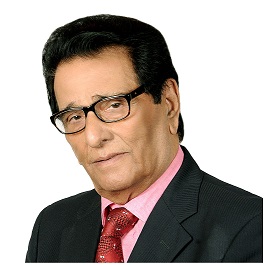Organizational culture is the collection of values, , and practices that guide the actions of all team members. It is the collection of traits that make an organisation what it is. A great culture exemplifies positive traits that lead to improved performance,
A credible organization will have a culture will have the following components
Recipe For Organisational Success
Management in any organization needs to manage the following elements in such a way as to reinforce each other.
1. Vision: What the organization is seeking to be or to achieve
2. Strategy: The ways this vision can be translated into reality.
3. Structure: The way people are organized to implement the strategy.
4. Systems: The way people in the organization plan, decide control, monitor day-to-day operations.
5. Staffing and skills: The way in which the critical resource " People in the organization is acquired, trained, developed, motivated and rewarded
6 Style : The way the organization does things and its members
relate to each other
This is necessary for the organization to muster all its resources to march successfully on the road to achieve what it has envisioned to be.
Successful achievement involves more than taking the right decision. It involves " successful implementation ".
Organization as a System:
Organization's ability to serve its customers is affected by the rapidly changing environment.
The organization system is conceptualized on two levels:
1.Internal Environment
Internally the organization can be viewed as a Resource conversion machine that takes inputs (labor, money, materials, and equipment) from the external environment ( ie the outside world), converts them into useful goods, and services and makes them available to customers as outputs. It includes all the elements within an organization's boundaries that are under the control of management.
2. External Environment
It involves all outside institutions and forces that have an impact on the organization's ability to achieve its objectives; competitive, economic, technological, political, legal, demographic, cultural system. it includes all the forces outside an organization's boundaries that are not under the control of management.
Competition-
Organizations that offer similar products/ services.
Cultural Forces-
Institutions and market forces that affect society's basic values,
perceptions, preferences and behaviours.
Demographics-
Size, diversity, location, age, race and occupation of human population.
Economic Factors
Factors that affect customer purchasing power and spending positions.
Globalization
Is viewing market as a part of the worldwide economy... Globalization affects how organizations are managed. Managers must learn to deal effectively with multiple cultures and systems in the midst of rapidly changing markets and technology.
 Create and manage your profile
Create and manage your profile Refer an author and get bonus Learn more
Refer an author and get bonus Learn more Publish any lost and found belongings
Publish any lost and found belongings Connect with the authors & add your review comments
Connect with the authors & add your review comments Join us for Free to advertise for your business or
Contact-us for more details
Join us for Free to advertise for your business or
Contact-us for more details
 Join us for Free to publish your own blogs, articles or tutorials and get your
Benefits
Join us for Free to publish your own blogs, articles or tutorials and get your
Benefits


 1 like
1 like


